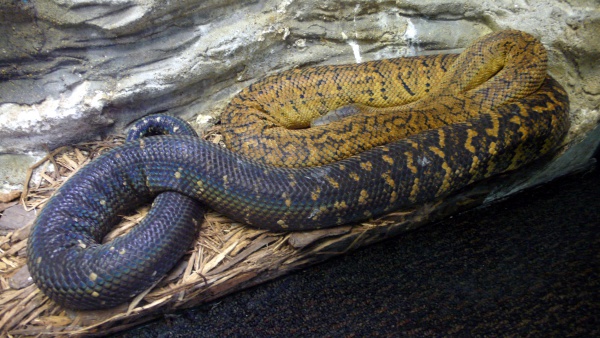Facts About Jamaican boa
The Jamaican boa, often referred to as the yellow snake, is a striking non-venomous species native to Jamaica. Unlike many snake species, the Jamaican boa has no subspecies; it stands unique on its own. One of its most eye-catching features is its golden-green head and anterior body, adorned with black zigzag patterns that darken towards the tail. This snake can grow impressively long, reaching up to 2 meters (approximately 6 feet 7 inches).
These boas thrive in the humid limestone forests of Jamaica, including areas like Goat Islands. Unfortunately, their survival is becoming increasingly precarious. The Jamaican boa is listed as Vulnerable (VU) on the IUCN Red List of Threatened Species. This classification arises from the alarming prediction that their population could decline by 20% within the next decade or over three generations, placing them at a substantial risk of extinction in the wild.
Human activities, particularly habitat destruction, have forced these snakes into more populated regions, where they often face capture and killing. To mitigate this, the Jamaican boa is protected under several laws. It is listed as a Protected species under the Wild Life Protection Act (1945) and included in Appendix I of CITES. Additionally, hunting them in forest reserves is prohibited under the Forest Act (1996).
The Jamaican boa faces significant challenges due to habitat loss and human encroachment. Therefore, it is crucial to continue and enhance conservation efforts to ensure that this unique species does not vanish from the wild.
